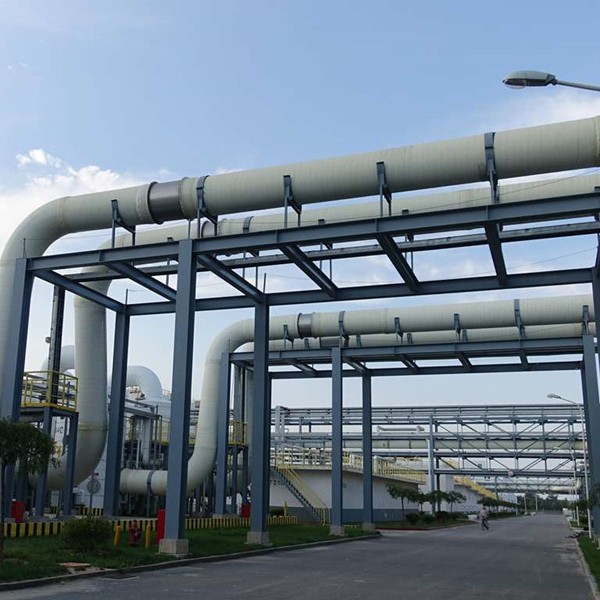
-
 Afrikaans
Afrikaans -
 Albanian
Albanian -
 Amharic
Amharic -
 Arabic
Arabic -
 Armenian
Armenian -
 Azerbaijani
Azerbaijani -
 Basque
Basque -
 Belarusian
Belarusian -
 Bengali
Bengali -
 Bosnian
Bosnian -
 Bulgarian
Bulgarian -
 Catalan
Catalan -
 Cebuano
Cebuano -
 China
China -
 China (Taiwan)
China (Taiwan) -
 Corsican
Corsican -
 Croatian
Croatian -
 Czech
Czech -
 Danish
Danish -
 Dutch
Dutch -
 English
English -
 Esperanto
Esperanto -
 Estonian
Estonian -
 Finnish
Finnish -
 French
French -
 Frisian
Frisian -
 Galician
Galician -
 Georgian
Georgian -
 German
German -
 Greek
Greek -
 Gujarati
Gujarati -
 Haitian Creole
Haitian Creole -
 hausa
hausa -
 hawaiian
hawaiian -
 Hebrew
Hebrew -
 Hindi
Hindi -
 Miao
Miao -
 Hungarian
Hungarian -
 Icelandic
Icelandic -
 igbo
igbo -
 Indonesian
Indonesian -
 irish
irish -
 Italian
Italian -
 Japanese
Japanese -
 Javanese
Javanese -
 Kannada
Kannada -
 kazakh
kazakh -
 Khmer
Khmer -
 Rwandese
Rwandese -
 Korean
Korean -
 Kurdish
Kurdish -
 Kyrgyz
Kyrgyz -
 Lao
Lao -
 Latin
Latin -
 Latvian
Latvian -
 Lithuanian
Lithuanian -
 Luxembourgish
Luxembourgish -
 Macedonian
Macedonian -
 Malgashi
Malgashi -
 Malay
Malay -
 Malayalam
Malayalam -
 Maltese
Maltese -
 Maori
Maori -
 Marathi
Marathi -
 Mongolian
Mongolian -
 Myanmar
Myanmar -
 Nepali
Nepali -
 Norwegian
Norwegian -
 Norwegian
Norwegian -
 Occitan
Occitan -
 Pashto
Pashto -
 Persian
Persian -
 Polish
Polish -
 Portuguese
Portuguese -
 Punjabi
Punjabi -
 Romanian
Romanian -
 Russian
Russian -
 Samoan
Samoan -
 Scottish Gaelic
Scottish Gaelic -
 Serbian
Serbian -
 Sesotho
Sesotho -
 Shona
Shona -
 Sindhi
Sindhi -
 Sinhala
Sinhala -
 Slovak
Slovak -
 Slovenian
Slovenian -
 Somali
Somali -
 Spanish
Spanish -
 Sundanese
Sundanese -
 Swahili
Swahili -
 Swedish
Swedish -
 Tagalog
Tagalog -
 Tajik
Tajik -
 Tamil
Tamil -
 Tatar
Tatar -
 Telugu
Telugu -
 Thai
Thai -
 Turkish
Turkish -
 Turkmen
Turkmen -
 Ukrainian
Ukrainian -
 Urdu
Urdu -
 Uighur
Uighur -
 Uzbek
Uzbek -
 Vietnamese
Vietnamese -
 Welsh
Welsh -
 Bantu
Bantu -
 Yiddish
Yiddish -
 Yoruba
Yoruba -
 Zulu
Zulu
FRP Chimney Design and Installation for Industrial Applications and Efficiency Improvements
FRP Chimney Construction and Installation for Industrial Applications
Fiber-Reinforced Plastic (FRP) chimneys have emerged as a leading solution for industrial emissions management due to their superior properties such as low weight, corrosion resistance, and high mechanical strength. This article will explore the construction and installation of FRP chimneys, particularly in industrial settings, highlighting their benefits, design considerations, and installation procedures.
Benefits of FRP Chimneys
One of the most significant advantages of FRP chimneys is their resistance to corrosion. Traditional materials like steel and concrete are often susceptible to the harsh chemical environments typical in industrial settings, which can lead to rapid deterioration. FRP, on the other hand, can withstand high levels of acidity and basicity, making it an ideal choice for industries such as chemical manufacturing, oil and gas, and power generation.
Moreover, the lightweight nature of FRP reduces both transportation and installation costs. The ease of handling FRP components means that less heavy equipment is required for installation, which can significantly speed up the construction process. Additionally, FRP chimneys are custom-designed to meet specific industrial needs, efficiently channeling emissions while ensuring compliance with environmental regulations.
Design Considerations
When designing an FRP chimney, several factors must be taken into account to ensure optimal performance. These factors include
1. Height and Diameter The chimney's height and diameter are crucial in determining its ability to disperse emissions effectively. Designers must calculate the required height based on the type of emissions being released, local regulations, and surrounding structures.
2. Material Selection The choice of resin (such as polyester, vinyl ester, or epoxy) and the fiber type (glass, carbon, or aramid) directly affect the chimney's performance and longevity. Each combination is tailored to withstand specific industrial environments.
3. Wind Load Industrial chimneys are often exposed to significant wind forces. Engineers must assess local wind conditions and incorporate appropriate reinforcements in the design to prevent structural failure.
4. Thermal Expansion FRP materials expand and contract with temperature fluctuations. The design must accommodate these changes to prevent damage or failure over time, ensuring that joints and connections are flexible and robust.
frp chimney construction and installation for industrial and ...

5. Maintenance Access While FRP chimneys are designed for durability, maintenance is still necessary. Designers should incorporate access points for inspection and cleaning into the construction to facilitate long-term upkeep.
Installation Procedures
The installation of FRP chimneys involves specific steps that ensure durability and performance
1. Site Preparation Before installation, the site must be prepared, ensuring that the base is level and capable of supporting the chimney's weight. If necessary, a concrete foundation may be laid.
2. Transporting Components The modular nature of FRP chimneys allows for easy transportation of parts to the installation site. Components are often manufactured off-site to exact specifications, minimizing on-site work.
3. Assembly Assembly usually involves connecting pre-fabricated sections using specialized fasteners and adhesives suitable for FRP materials. Care must be taken to ensure all connections are watertight and secure.
4. Structural Reinforcement Depending on the height and local wind conditions, additional external reinforcement may be added, such as guy wires or braces. This ensures the chimney can withstand both vertical and lateral forces.
5. Final Inspection and Testing Once the chimney is installed, a thorough inspection is conducted to ensure all components are properly installed and compliant with safety standards. Testing may also be performed to confirm that emissions are being effectively released away from populated areas.
Conclusion
In summary, FRP chimneys represent a modern approach to managing industrial emissions, offering numerous advantages over traditional materials. Their resistance to corrosion, lightweight nature, and adaptability make them an excellent choice for various industrial applications. By considering design factors and following proper installation procedures, industries can ensure the long-term performance and reliability of their emissions systems, contributing to a healthier environment and compliance with regulations. As industries continue to prioritize sustainability, the use of FRP chimneys will likely become increasingly prevalent.









